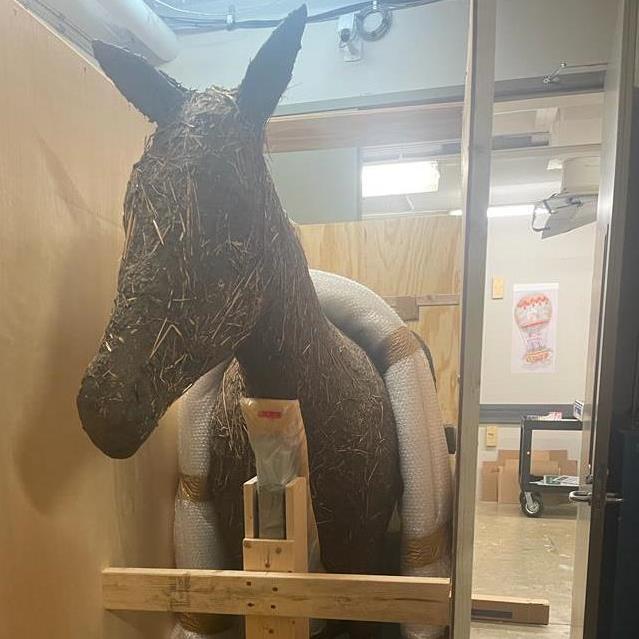One of the things that makes sculptures so popular among art lovers is their diversity. Today, you can find sculptural pieces made from almost any material, from classics like stone and wood to the latest innovations in the art world. But how can one take proper care of such artworks? In this blog post, you will learn how to take care of some of the most commonly used materials for sculptures and become a master of sculpture storage.
Secrets of Sculpture Storage: Maintenance of Various Materials
Wood
Rotting is a major concern for wooden artwork collectors and makers. Since wood is an organic material, it is prone to deterioration. That is why artists who work with wood always cover their creations with varnish, which can also help prevent discoloration. The best way to store a wooden sculpture is to keep it in a cool, dry place away from sunlight. Wood should also be kept away from fires and other heat sources, otherwise it can dehydrate and crack or burn.
Metal
The primary enemy of all metal sculptures is rust. Thankfully, most artists use stainless steel to create their artworks for this exact reason. Nevertheless, even sculptures made from highly durable steel need to be maintained properly. For example, you should carefully clean your metal pieces from time to time to prevent dust buildup. For artworks made from other metals, for example, bronze sculptures, it is important to remember that metal can be sensitive to temperature fluctuations, moisture, and acids that all materials contain. It is better to use acid-free materials when storing metal sculptures and keep them elevated from the floor.
Glass
Glass is the most fragile of all of the above-mentioned materials. When preparing glass sculptures for storage, remember to use plenty of cushioning materials on top of the acid-free layer. Pieces made from breakable materials are better stored away from heavier objects. Do not forget to label your glass sculpture before storage so that you remember to treat it carefully.
All in all, most fine art storage rules also apply to sculpture storage. Keeping temperature and relative humidity in an art storage space is crucial to preserving your collection for years to come. All artworks must be packaged or covered before storage to prevent dust accumulation. But, of course, each material has special maintenance requirements, so don’t forget to research or consult a fine art specialist first.
